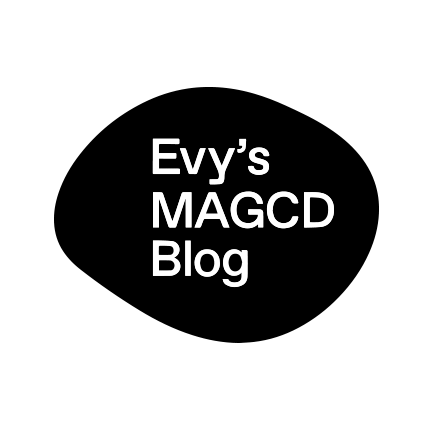After exploring the concept of cataloguing, and digging deeper on the nature of the content I wanted to analyse for this project in the previous week, I moved into trying out “expected” ways to categorise sets of information using shape, size, themes, standard classifications; thoroughly looking at the detail in the different visual components within my set, dissecting the information and creating summary sheets.
The initial approach was clear and reliable in a way, but this week I wanted to take my investigation further and dig deeper into the set’s context. I started researching more about 19th century ornamental and typographic treatments, and I found most, if not all of the specimens, intrinsically connected to the European foundries of the time.


Type specimens have been collected before in a systematic way, so with this project I aimed to reframe the way these visual elements are read, in light of their character and personality instead of their formal qualities, this is to help us see the contradictions or assertions within the original material.
Context
To understand the context, it’s important to note that the 19th century Latin American printing industry was heavily influenced by European processes and aesthetics, as many European printers traveled to the new world looking to establish businesses, bringing their skills, legacy and type specimens.
One example of this vogue is Julio Belin. With the arrival of the French printer to Santiago de Chile in 1848, the Belin & Co Press was established, and in a short span of time became of great significance for the modernisation of the editorial industry in the country. Julio Belin belonged to a respectable family of printers and French publishers who started trading around 1777, during the Old Regime. In this way, he arrived to Chile backed up by his advanced technical knowledge and by his family’s reputation.
With the European printers came the European machinery, type, and graphic elements, that where applied at liberty, almost in an uncontrolled manner, across the continent, by newly or untrained native printers. Some of the pamphlets within the collection are examples of this arbitrary use of typefaces and ornaments, with visual elements often completely unrelated to the textual content of the pieces.
For example:


Language as Order

Foucault’s writings on the role of language in the shaping and interpretation of sets of information really helped to move my ideas forward and experiment with new ways of interpreting the set. His example, borrowed from Borges, made me think about the repercussion of labels and how the words we use to categorise can generate a new understanding or perspective.
I propose reframing the purpose and meaning of the catalogue using language as a framework that recontextualises a set of given information in an unexpected and new way. As an exercise, I narrowed down a series of adjectives that aim to reframe the collection of type and ornamental designs in light of their character, spirit, or personality. This is not an exhaustive exercise by any means, but an attempt to set in motion a new way of understanding a certain set of visual media and the way it’s interpreted.


TThe immaterial made material
Character, emotion, personality… Using language as a turning point, this swatch box aims to reorganise a varied set of visual elements to inform and create a starting point for the understanding and appreciation of 19th century Latin American print.




Tutorial Feedback Reflection
The main points that came out of my presentation where:
- Using different language to group the visuals is effective in helping them see the set in light of a new understanding and appreciation.
- The format lends itself well to the content, as the compartments act as a way of physical way of cataloguing.
- It’s important to think about the context in which these objects operate. I was prompted to think about how people could use the swatch box and what was my intent with these.
- Might be useful to include the original pamphlets as a way to refer back to them and build visual relationships.
Purpose and use
During the last stage I considered how this newly found categories could be presented and explored by the viewers. By using the swatch book as a reader or reference material, the viewer can interpret the original pamphlet designs in light of the mood or emotion they convey rather than their formal characteristics.
Borrowing from the previous brief, I used the production of a physical artefact as a catalyst for a new way of understanding and interacting with the original catalogue. The compartmentalised nature of this piece is a material interpretation of what it means to “categorise” within space.
The purpose of this swatch Box is to reframe the way 19th century Latin American type specimens and ornaments are read, in light of their character and personality instead of their formal qualities. This is to help us appreciate the intrinsic qualities of the original material beyond the language barrier.

